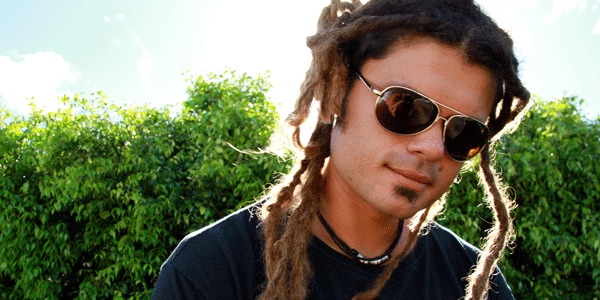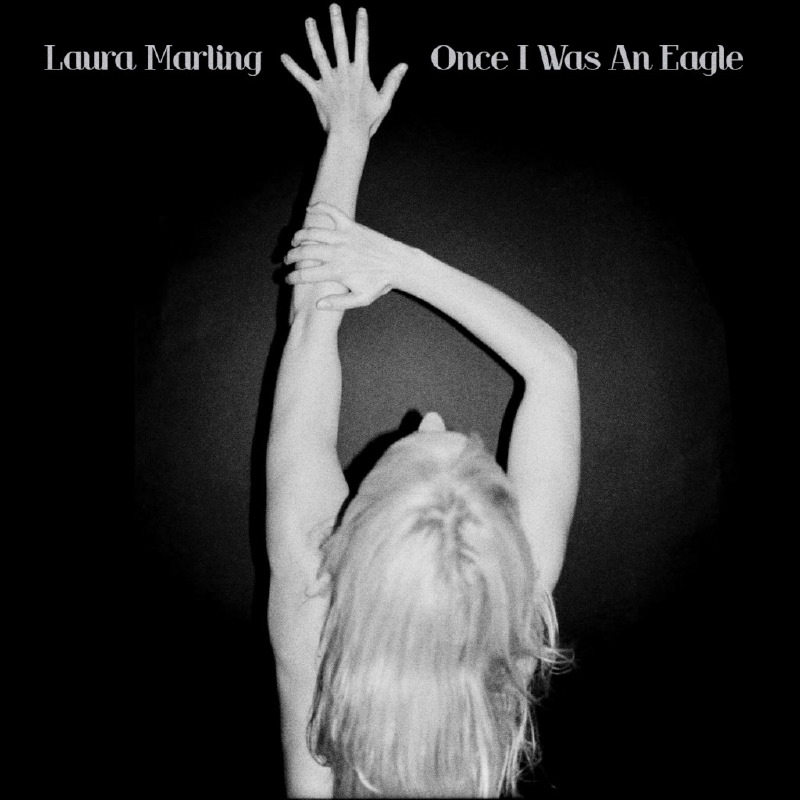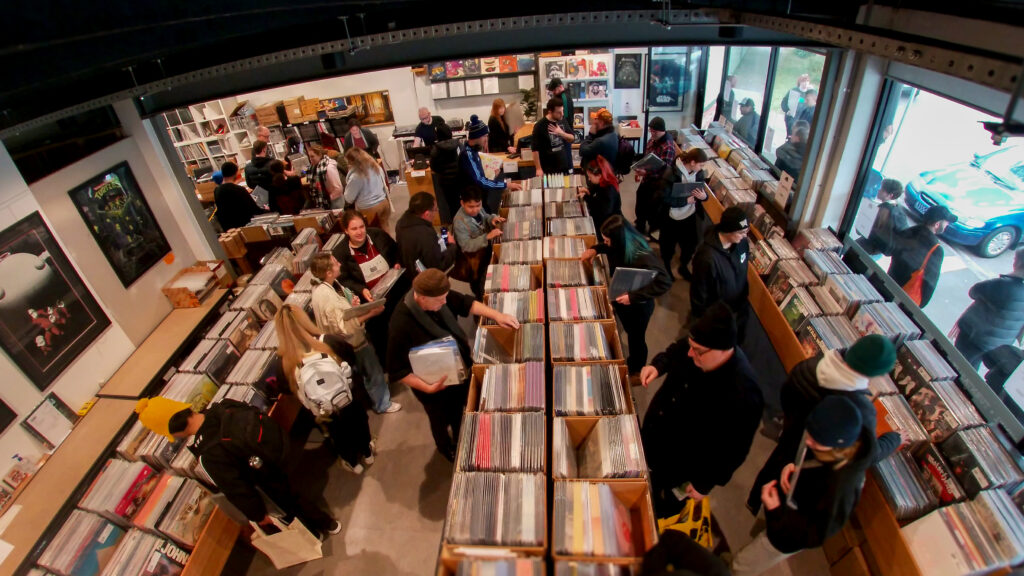“Scotty and I have been buddies for a while,” Grunwald says. “We both live around Byron, but we’re still Melbourne boys through and through. So we’ve got a lot in common. Our families go on holidays together and our wives play together in a band that Scotty plays in as well.”
So the lads considered it a no-brainer to play music together. And with the Living End currently taking a little break while Chris Chaney spends some time in the USA, Owen and Strachan found themselves in need of a creative outlet. Ash and Scott played Falls Festival with Rob Hirst from Midnight Oil on drums – including a filthed-up cover of Gnarls Barkley’s Crazy – but when a few more gig opportunities came up, Strachan was drafted. With no rehearsal. To play St Kilda Festival. To thousands.
“The vibe of it was very…ass-kicking,” Grunwald laughs. “And actually, even though my solo stuff is about energy and partying and that kind of thing usually, this has turned up the volume on it. It’s very rocky and forward and pushy. It gets you kind of excited.”
So now they’re hitting the road, with a setlist that includes the cover of Crazy as well as Grunwald tracks and a few new tracks. “There’s one – I got invited to submit a song for the latest Arnold Schwarzenegger movie,” Ash explains. He didn’t get the gig, but he had this “very muscular song” sitting around looking for a home. So last week he, Owen and Strachan reworked it from a “muscular, Austrian-on-a-motorcyle song to a very muscular anti-CSG song.”
Compared to Crazy – which is already a very fat-sounding track that you can download for free on Soundcloud and hear on YouTube – Ash says the rest of the material on the trio’s forthcoming album is going to be “way fatter”.
“I was able to spend longer on the other stuff. Have you seen the movie Sound City? The studio we used is a bit like Sound City. They’ve got a really good Neve desk and lots of outboard, lots of guitars. It’s all about the performance and playing live, which is very at odds with what I have been doing for the last eight years or so. I’ve basically made my music with the same methods as an electronic musician, but this is all about the live performance. The guys made it really huge and fat so I needed to match that, and I think on guitar a good way to match that is just a gazillion takes of the same thing. You get those really huge sonics, especially when it’s all good analog gear. That was probably my first experience of doing it that old-school rock way, and how huge that can all sound!”
The sessions have taught Grunwald a lot about what is needed to get across a live feel in a rock band situation, in terms of what needs to be actually recorded live on the floor and what can be added later. Think of it like the old Simpsons gag: “Uh, sir, why don’t you just use real cows?” “Cows don’t look like cows on film. You gotta use horses.” “What do you do if you want something that looks like a horse?” “Eh, usually we just tape a bunch of cats together.”
“In the studio, if you want to have something with the energy of live, the last thing you’d do is just go in there and play live,” Grunwald explains. “That actually tends to lack energy because you can’t see it when you’re listening to a CD. So you need to layer it to give it the excitement of the live thing. And I think this album we’ve just done will translate very well live, because that was the ethos: to make it sound very much like a live record. We weren’t doing it actually to tape – we were using Pro Tools – but basically, if you put in front of the computer a sound that’s going through classic analog gear from a classic instrument, it will have that massive character.”
So to that end, how does he plan to translate this sound to the live environment? (If you’re not into the guitar nerd talk, you can tune out for a paragraph.) “I try to have a complex setup that can be played with sensitivity so that different nuances can come out at different times,” Grunwald says. He uses a multi-amplifier setup to achieve a wide variety of tones, rather than relying on a few stomp boxes going into a single amplifier to change everything. “One line will have a tremolo and a Blues Driver pedal. And also on that signal I split that to an octaver as well, to give it the bass sound, but I don’t use that when Scotty’s playing. And the next one is a Big Muff line, and another one is a Deja Vibe, a kind of rotating speaker sound. So that’s basically it!”
BY PETER HODGSON







